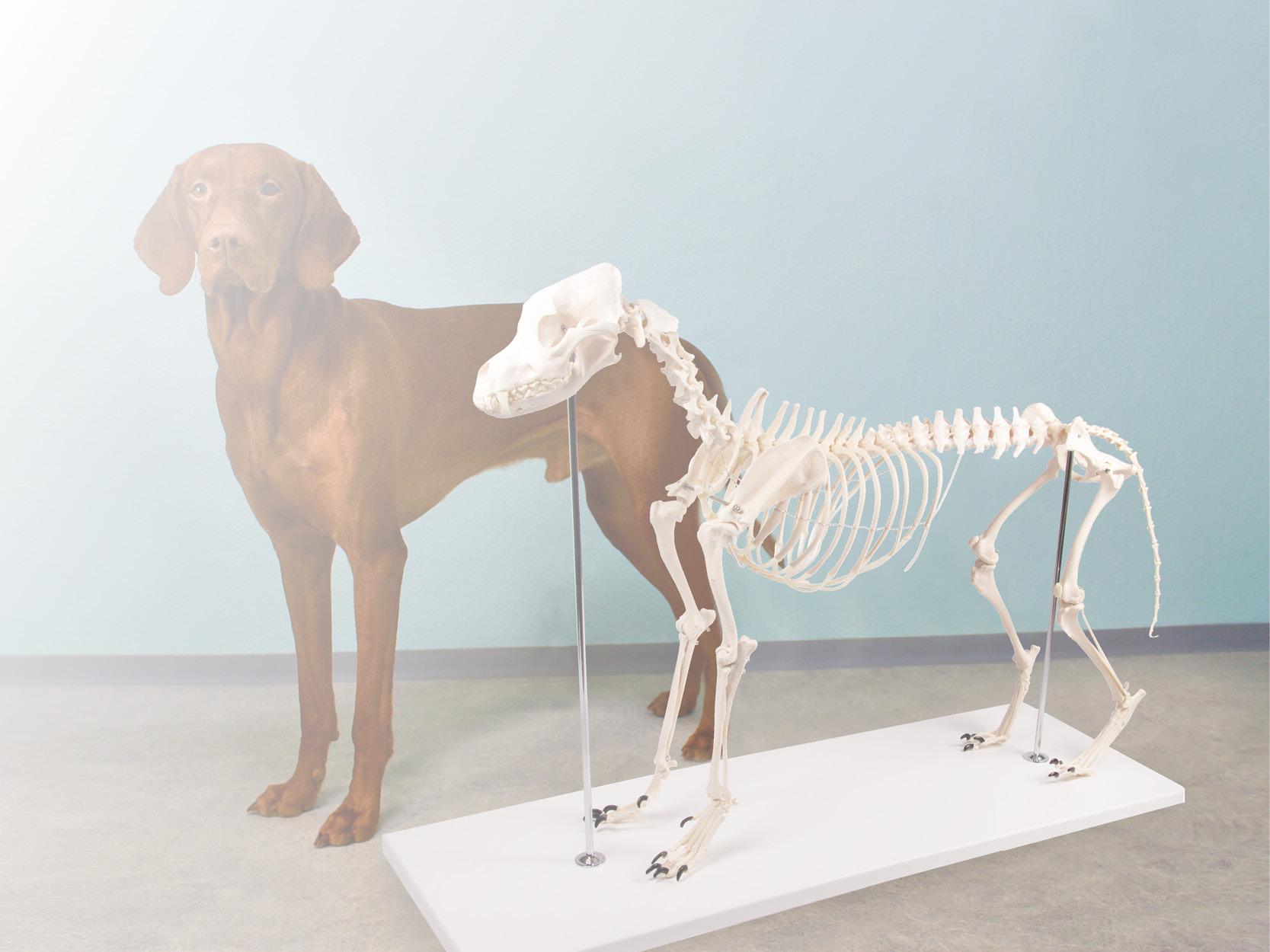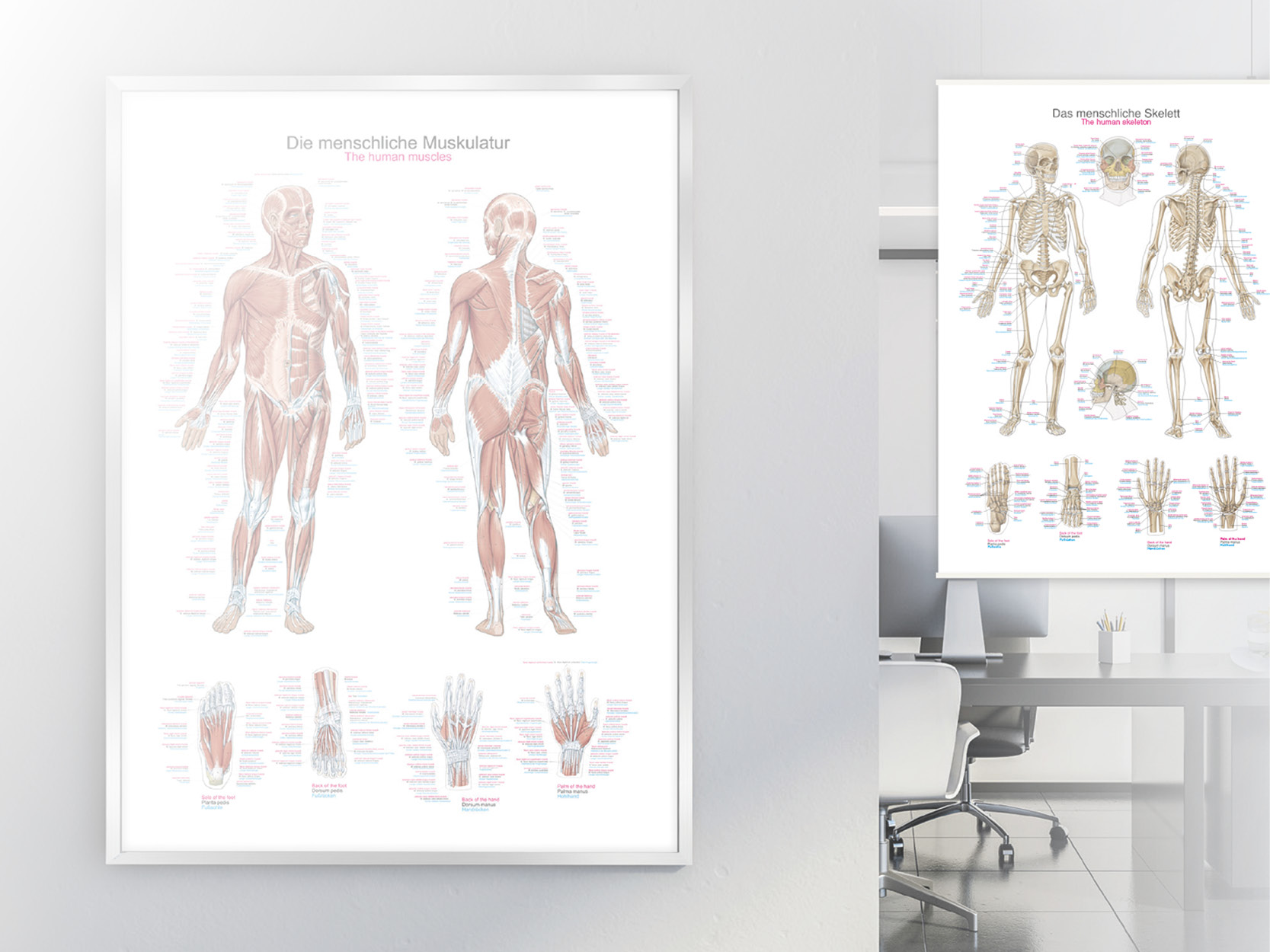
Organs & Structures
Whether for the cardiologist the heart model, the orthopaedic surgeon the spinal column model, the neurologist the brain model or the gynaecologist the uterus model - all these anatomical models help to understand anatomical relationships and to be able to illustrate these specifically to patients or laypersons. At Erler-Zimmer you will find anatomical models of all regions of the body, whether lung models, liver models, complete head models, heart models, kidney models, ear models or complete torso models.
Subcategories
Anatomical models are indispensable teaching aids in medical training!
Anatomical models are indispensable teaching aids in medical education, providing a unique insight into the complex world of human anatomy. These precise replicas of the human body serve as tools for teachers, lecturers, students, trainees and patient education to better understand structures, functions and spatial relationships. Our wide range of anatomical models extends from skeletal models and models of organs and tissues to specialised models for various medical disciplines. The possible applications of anatomical models are diverse and make a decisive contribution to excellent training. Our anatomical models are characterised by their attention to detail and anatomical correctness. Each model is carefully designed to reproduce the anatomical features as realistically as possible. This enables learners to recognise not only the external structures, but also to understand the spatial relationships between organs and tissues. A comprehensive understanding of human anatomy forms the basis for successful medical diagnoses, treatments and surgical procedures. The range of our anatomical models includes skeletal models, models of organs and structures as well as specialised models for various medical fields such as cardiology, gynaecology, neurology and much more. These models are made from high-quality materials that are not only durable but also realistic. The ability to view organs and tissues in their natural shape and colour greatly improves identification and understanding. Another advantage of anatomical models is their adaptability to different teaching methods. Teachers and lecturers can integrate the models into group activities, demonstrations or individual studies. This flexibility makes it possible to meet individual learning needs and promote interactive, engaging teaching. In summary, anatomical models provide an effective and immersive way to explore the complex world of human anatomy. With their optimal level of detail, adaptability and practicality, they play a key role in preparing future doctors and healthcare professionals for their professional practice. Our models are also indispensable for patient education.


































